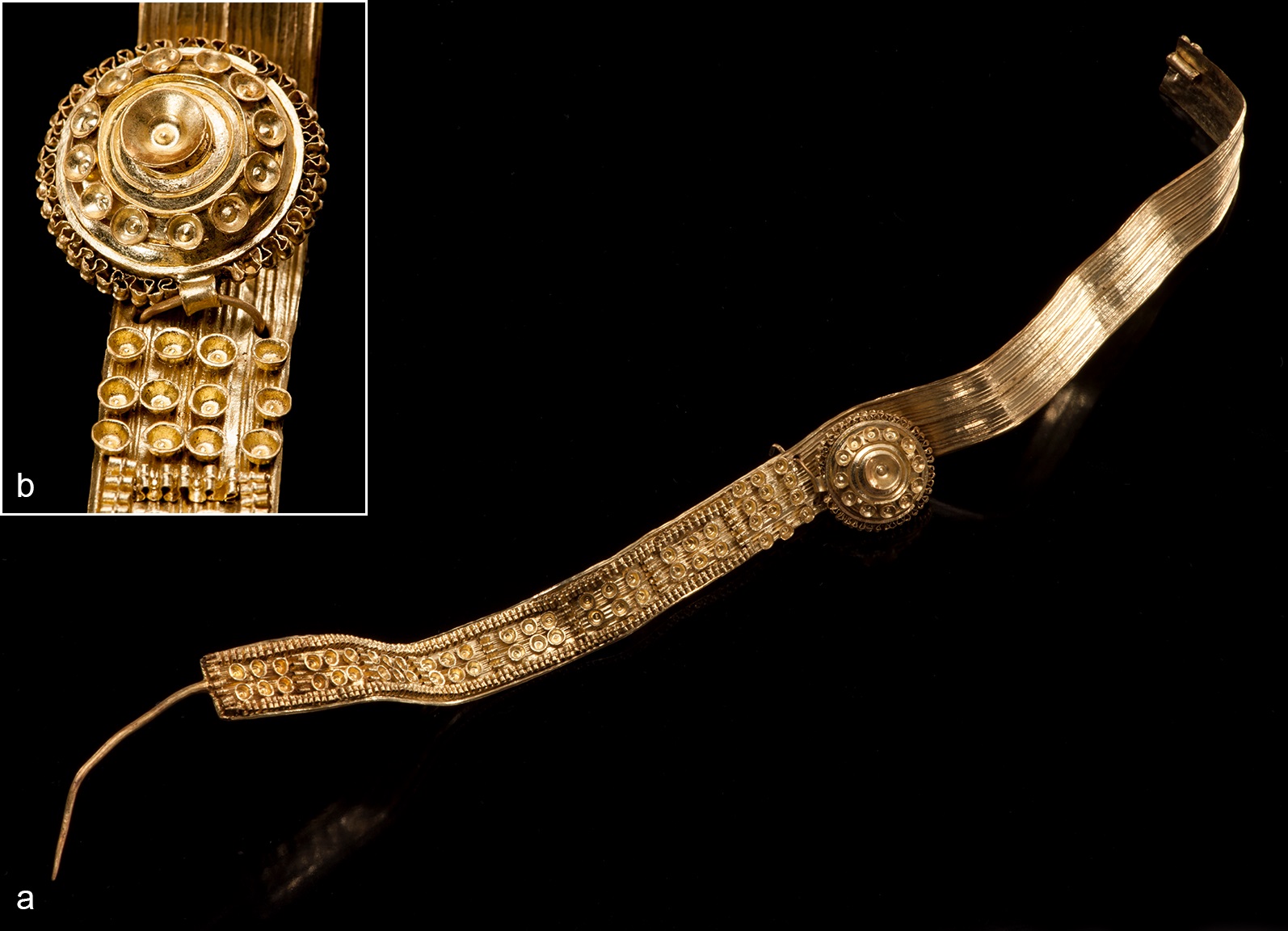Angela
Elite member
- Messages
- 21,823
- Reaction score
- 12,329
- Points
- 113
- Ethnic group
- Italian
See:
http://archaeologynewsnetwork.blogspot.com/2017/01/treasures-from-2600-year-old-grave-of.html
"The grave site, which was moved to a lab in Stuttgart in its entirety in order for the burial chamber to be studied, contains the remains of a woman adorned in gold, bronze, amber and jet jewellery, and about half a metre away from her, the remains of a girl thought to have been between two and three years old."
"lose similarities between the gold broaches worn by the woman and the child suggest that there may have been a familial relationship between the woman and child, archaeologists have reported in a paper published in the journal Antiquity.'
It's unusual that the grave was robbed of such precious objects, but it may be because the area of her particular grave either was or became bog like.
I'm unclear whether they'll be able to get dna from the mother.
"The waterlogged, low-oxygen conditions also preserved the grave from degradation. Biological remains have been retrieved from the woman's skeleton, but there are not enough remains from the child to do a DNA test, Krausse said. Only the enamel from the child's teeth now remains."
The pictures are pretty spectacular.



http://archaeologynewsnetwork.blogspot.com/2017/01/treasures-from-2600-year-old-grave-of.html
"The grave site, which was moved to a lab in Stuttgart in its entirety in order for the burial chamber to be studied, contains the remains of a woman adorned in gold, bronze, amber and jet jewellery, and about half a metre away from her, the remains of a girl thought to have been between two and three years old."
"lose similarities between the gold broaches worn by the woman and the child suggest that there may have been a familial relationship between the woman and child, archaeologists have reported in a paper published in the journal Antiquity.'
It's unusual that the grave was robbed of such precious objects, but it may be because the area of her particular grave either was or became bog like.
I'm unclear whether they'll be able to get dna from the mother.
"The waterlogged, low-oxygen conditions also preserved the grave from degradation. Biological remains have been retrieved from the woman's skeleton, but there are not enough remains from the child to do a DNA test, Krausse said. Only the enamel from the child's teeth now remains."
The pictures are pretty spectacular.




